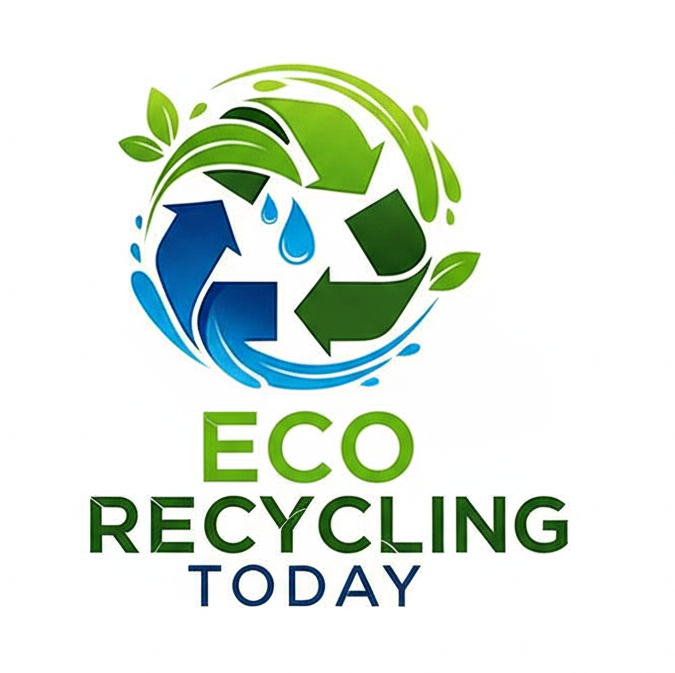Foam products, including Styrofoam, are widely used in packaging, food containers, and insulation. However, their environmental impact makes proper recycling essential. If you're wondering how to recycle foam, this guide will help you understand the best practices and available options.
Foam, particularly expanded polystyrene (EPS), is lightweight and bulky, making transportation costly. Additionally, it breaks into small particles, contaminating other recyclables. These factors prevent most curbside programs from accepting foam for recycling.

Steps to Recycle Foam Properly
1. Identify Recyclable Foam
Before recycling, determine whether your foam is accepted. The following types are typically recyclable:
- EPS foam packaging from electronics and appliances
- Clean foam food containers (without food residue)
- Foam coolers and trays
Avoid foam contaminated with food, grease, or mixed materials, as these are generally non-recyclable.
2. Locate a Foam Recycling Facility
Since foam isn't accepted in curbside bins, you'll need to find a specialized recycling center. Here’s how:
- Visit Earth911 or the Foam Recycling Coalition website to find drop-off locations.
- Check with local waste management facilities for foam recycling programs.
- Some retailers and shipping stores accept foam packaging for recycling.
3. Prepare Foam for Recycling
Proper preparation ensures successful recycling:
- Clean the foam – Remove any food residue, labels, or tape.
- Break down large pieces – Reducing the size makes transportation easier.
- Bag it separately – Keep foam apart from other recyclables to avoid contamination.
4. Use Foam Recycling Machines
Advanced recycling machines help convert foam waste into reusable material. Some commonly used machines include:
- Foam Densifiers – Compress foam into dense blocks for easier transportation and recycling.
- Foam Shredders – Break foam into smaller pieces for processing.
- Extrusion Machines – Melt and repurpose foam into pellets for manufacturing new products.
These machines are widely used in recycling facilities and manufacturing plants to make foam recycling more efficient.
5. Drop Off at a Collection Site
Once your foam is clean and prepared, take it to the nearest recycling facility or drop-off point. Some locations may also accept foam through mail-back programs.
Alternatives to Foam
To reduce foam waste, consider using eco-friendly alternatives:
- Biodegradable packaging made from plant-based materials
- Reusable food containers instead of disposable foam ones
- Recyclable cardboard and paper for shipping and packing needs
Recycling foam requires specialized facilities and careful preparation. By finding drop-off locations, properly cleaning foam, utilizing foam recycling machines, and choosing sustainable alternatives, you can help reduce plastic pollution and contribute to a greener environment. Make the switch today and be part of the solution!
